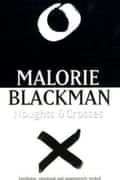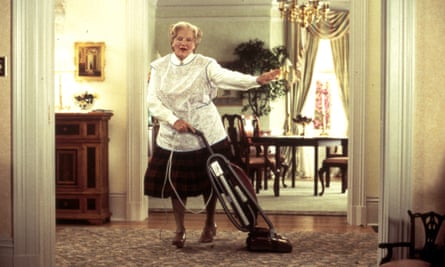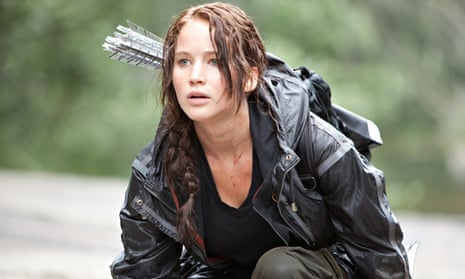My friend’s daughter has just transferred to secondary school. She likes reading but isn’t sure what to read next. Everyone else in her class is reading dystopian fiction but she doesn’t like fantasy. She tried The Hunger Games but knows it is not her kind of thing. She likes stories about relationships and feelings between friends and within families. Contemporary stories would be her first choice but she’s happy to read stories set at other times too
Wanting to read something different from everyone else is always hard! But sometimes, the banner heading of a book only describes part of it. There is such an emphasis on the setting of novels and especially the more extreme and fractured societies that are created in fiction just now that it is very easy to think that is all that it is about.
The success of Suzanne Collins’s The Hunger Games in particular has set a trend which has been enthusiastically embraced by writers in both the UK and the US. The large scale worlds and big, overarching themes of dystopian novels are made especially prominent when such books are turned into films.
But, scratch below the surface, and whatever the rules and regulations of the invented world look like, family and friendship remain central themes. In The Hunger Games, Katniss Everdeen’s family are of very great importance to her; she volunteers herself as the female tribute from District 12 in order to protect her younger sister Primrose who has actually been selected to take part in the 74th Hunger Games.
The theme of survival and protecting your family is powerful throughout the series which gives the books a “human” side which can be enjoyed even by those who remain unmoved by the complexities of the cleverly constructed world.
But, despite the seemingly total dominance of high-fantasy fiction, there are a great many other kinds of stories from those which create fictional worlds which are only mildly altered to those set in absolute reality. And they are not all “problem novels’ as it is often thought.

Malorie Blackman’s classic Noughts and Crosses and the series of titles that follow it set in a world that is only a little bit different from our own. The story of Callum and Sephy, two teenagers who fall in love despite the differences between their families, provides a thought-provoking view of contemporary society but with a radical inversion of racial stereotyping that changes everything.
Anne Fine set a bench mark for realistic family fiction with Madame Doubtfire and Goggle Eyes both of which humorously reflect the fury felt by children when their families disintegrate. Subsequent titles such as Flour Babies, in which a group of boys have to care for pretend babies which makes them all think about their own parents, and The Tulip Touch which explores the effect of a damaging childhood on Tulip and the very real danger that poses for her friend Natalie, push the boundaries further raising questions about the effect of upbringing on behaviour.

Mila’s life is apparently far simpler. But is it? Her journey of discovery about her family in Meg Rosoff’s tightly woven, neatly played out and finely observed Picture Me Gone is entirely grounded in reality. On a road trip with her father to find his missing best friend, Mila has to unpick the stories about her family that have previously kept her safe and re-stitch them with the new knowledge she acquires on the journey. She is wiser afterwards and has, in some senses, grown up.
In Sharon Creech’s wonderfully enlightening, un-judgemental and upbeat Walk Two Moons, Salamanca Hiddle – or Sal for short – also goes on a long road trip. Travelling though America with her grandparents she tells them the story of her friend Phoebe’s mother. Telling the story helps Sal to uncover the story of her own, long missing mother.
There’s a journey, too, in Roddy Doyle’s lyrical and upbeat A Greyhound of a Girl although in this one there is a touch of fantasy. Twelve-year-old Mary and her living relatives are joined by her great-granny who has been long dead on a magical night-time drive to a former family home where they can relive memories and so help Mary’s grandmother let go. In Rebecca Stead’s Liar and Spy there are no journeys and most of the drama takes place within the apartment block. Nonetheless Georges (the s is silent) makes new friends and some important discoveries in a family story that brilliantly and movingly leaves the readers following clues and guessing outcomes.
